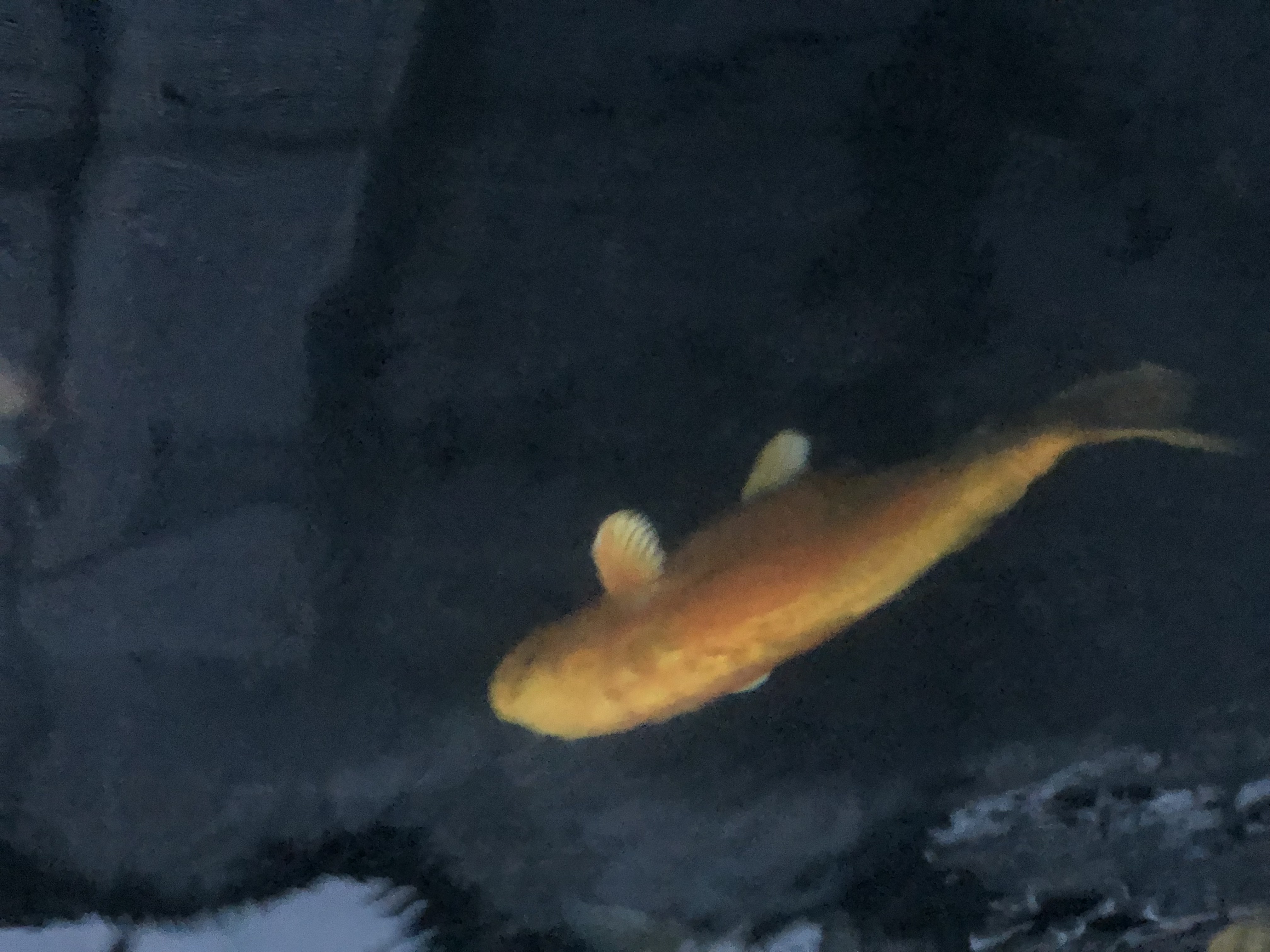Color Therapy
A moving, living canvas glides from one image into another. Thirteen Koi—thirteen friends swim to the pool’s edge and greet me.

One of my favorite places on the farm is our greenhouse. Steeped in color, sunshine, and warm, humid air, it stands in contrast to the winter without. From the myriad greens of the ferns, figs, citrus and bonsai trees to the swirling, popping flashes of orange, black, white, silver, and gold of the Koi, the greenhouse becomes a refuge from the blinding whiteness of the snow.
A moving, living canvas glides from one image into another. Thirteen Koi—thirteen friends swim to the pool’s edge and greet me.
Yes, I know. They are probably looking for food. But they are social animals. I have been told that they recognize the vibration of my footfall, my step.
And whether I have food or not, they do stay near the pool’s edge, popping their heads up as if to see me better, and perhaps to connect with me. I am surely connected to them.
I know they are only fish. They are not like cats, dogs, and birds. I can’t pick them up or take them for a walk or cuddle with them. But I value them and love them.
Just how deep that love went became clear to me a few years ago, when we lost 7 Koi due to a problem with our water. Unknown to us, manganese, an essential (for humans) yet toxic trace element, had seeped into the water. Our Koi were the first indication that something was wrong. They began displaying open wounds. Was it a bacterium? A virus? No matter what we tried they grew sicker and weaker. Then they began dying. Whatever it was, it was fatal. After several fish specialists and various treatments failed, we decided to have our water tested. While we waited for those results, we removed the fish from their pool, put them in a temporary tank, drained and scoured their pool, and refilled it with clean water. Today, whenever I read about mining in or near lakes, my thoughts immediately go to what can happen if a metal seeps into the water.
We were heartbroken and haunted by this experience. Before, I had looked forward to visiting with the Koi. During this time, I began to dread it. They were sick and dying and there was nothing we could do. Even after the water was changed and our surviving fish were on the mend, I found myself hesitating to visit them. I was fearful that it was just a false lull.
Every day I make sure I spend time with them. I love watching them glide, turn and spin through the water. Sometimes they jump and splash me. I sing to them (what must they think?). And although at times they move as one, they nevertheless have individual personalities.
Calamity, our biggest Koi, is also our friendliest fish. She is bold, playful, and kind of accident prone (hence the name).

Bengal, one of our oldest and biggest, has the markings of a tiger, but takes food from our hands.
Sterling is our jumper and although he is not as confident as Calamity, he is nevertheless one of the first to greet people.

Tristan is a bit shy and less aggressive while Isolde is shy of humans, but aggressive with Calamity, especially at feeding time when Calamity hogs the kibble.
Ghost, a beautiful pale gray, white and orange Koi is gentle and fleeting. Recently, Ghost has begun to approach visitors.

Cinque, named for his five colors, is more reticent in approaching me but weaves in and out and around the other fish.
While all the other Koi were bred and born in Japan, True Blue, Delhi, and India were born in our outdoor pond. They are most likely the offspring of Bengal and Blue (one of the fish we lost). At first, they kept to themselves, distancing themselves from us and even from the other fish. This last year, however, they have become more friendly, mixing with the other fish, and even approaching us.
Soleil is our smallest Koi—an orangish-gold like Calamity. Don’t let her size fool you, she is one of the most aggressive feeders, pushing the other fish out of her way.

Izzie and Betsy are our two dairy cow Koi. They are black and white like Holstein cows. Until this past year they were mainly white with a few specs of black. Now Izzy has large swathes of black while Betsy’s coloring is transforming from almost pure white to white, black, and orange. To me they are the steady ones, neither aggressive nor reticent.

The Koi are the centerpiece of the greenhouse. But as I leave, I look around again at the green leaves of the ferns and fig plants, the yellow and orange citrus fruits, and the peach-colored begonias. All offer color, life, and light in the midst of a cold midwinter.

